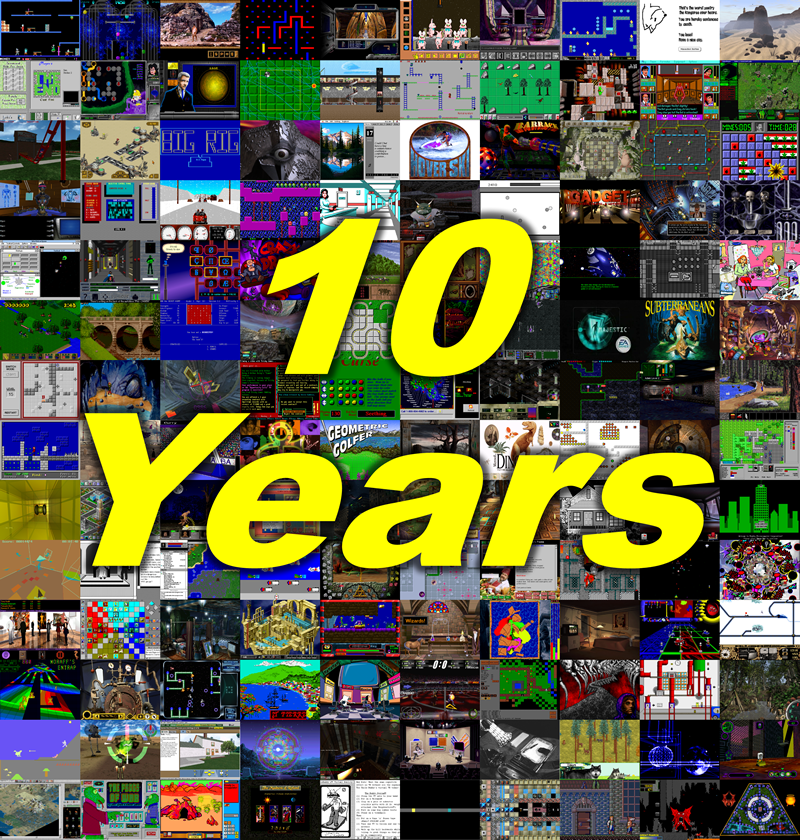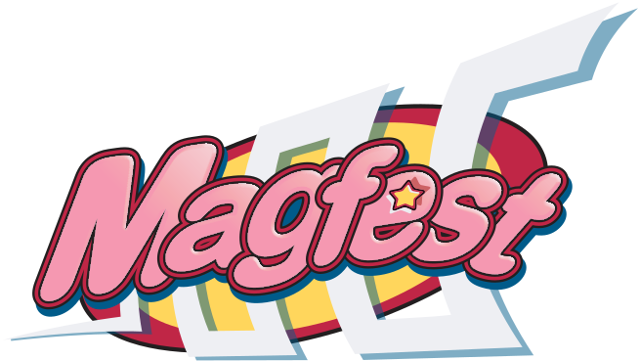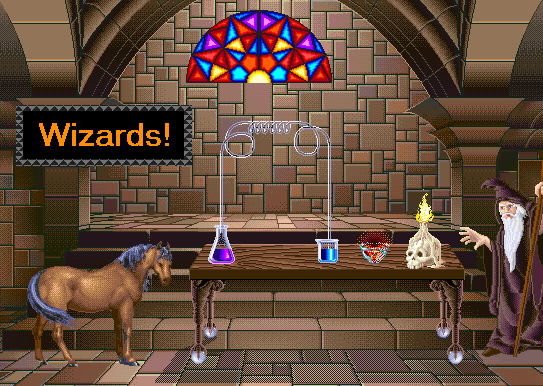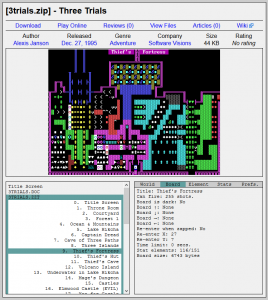Video game history at Super MAGFest 2019 
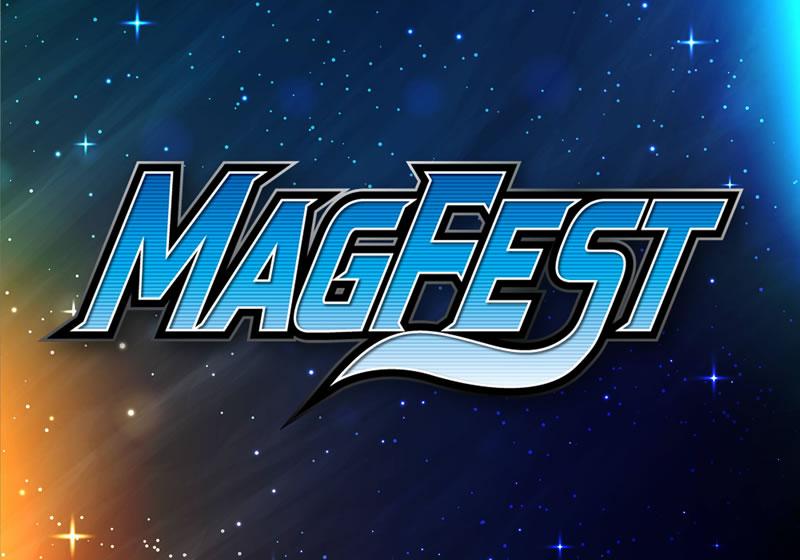
I’m coming back to Super MAGFest 2019 on January 3-6, 2019 in National Harbor, MD! Super MAGFest is my favorite gaming event, and this time, I’m doing something different.
This year, I’ve helped put together a gaming history panel track, featuring an incredible lineup of video game historians, archivists, and curators. There’s been a need for a place where video game historians can talk with fans about their research – a middle ground where researchers and fans can interact. We’re making it happen at Super MAGFest.
I am incredibly proud of our panel selection. All panels will be part of the MAGES educational panel section in the MAGES 1 panel room:
Thursday, January 3:
- Carly A. Kocurek (Illinois Institute of Technology) will walk through the history of video games by using ten gaming-related objects – and talk about the importance of preservation. 5:30pm
- Kelsey Lewin will explore the legacy of Gunpei Yokoi, the famed developer behind the Game & Watch, Game Boy, and WonderSwan. 7:00pm
Friday, January 4:
- Anne Ladyem McDivitt (The University of Alabama) will speak about women in video game culture in the early arcade era and the influence of Pac-Man on women in game development. 1:00pm
- Kevin Bunch and Florencia Pierri (Sarnoff Collection at The College of New Jersey) will reveal the recently rediscovered history of RCA’s video game consoles and computers in the 70s, including a close-up look at lost games and prototype hardware, some of which have never been seen outside of museums. 2:30pm
- Michael Hughes (Trinity University) will share his research on the history of video game fanzines and their role in video game culture. 4:00pm
- Rachel Simone Weil (FEMICOM Museum) will share her insights on the history of video game hacking and homebrew games for old platforms. 5:30pm
- Kelsey Lewin, Frank Cifaldi, Rachel Simone Weil, and I will hold a late-night panel about true weird stories from video game history. (I’ll be talking about Secret Writer’s Society!) Midnight
Saturday, January 5:
- Retronauts (Jeremy Parish, Bob Mackey, and Chris Sims) will record a live episode of their podcast about the history of sound design from Nintendo’s R&D1 division. 1:00pm
- Andrew Borman and Beth Lathrop (The Strong Museum of Play) will talk about the Museum of Play’s efforts to preserve video game history and their amazing collections of video game materials. 2:30pm
- Campbell Parker/StrangetownFunk will give a look into the history of the Sims community and “the diverse ways that players interact with both their games and their fellows.” 4:00pm
- Frank Cifaldi (Video Game History Foundation) will dive into the strange afterlife of the Nintendo Entertainment System and why the system keeps living on in unexpected places. 7:00pm
(Frank will host another panel at Super MAGFest about his research on the recent SNK 40th Anniversary Collection in the Panels 4 room on Thursday at 4:00pm.)
A full schedule for Super MAGFest 2019 will be available in the coming weeks.
I am overjoyed by what these folks are presenting. We’re putting on a unique, insightful, subject-diverse panel track, and I can’t wait for everyone to join us. Less than one month is short notice, but I hope that folks on the east coast will be able to make a trip down, maybe even just a day trip!
I wanted to find the right gaming history event, so I helped make it. I hope you’re as excited as we are!
Visit the Super MAGFest 2019 website for more about what’s happening this year.

